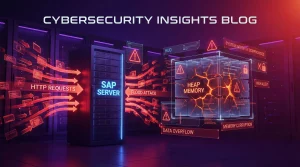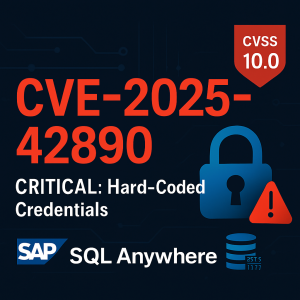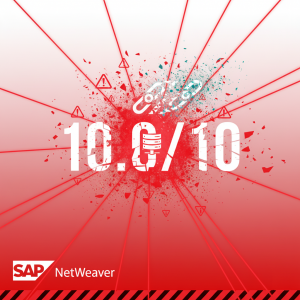Introduction
As companies increasingly rely on SAP for their ERP system, safeguarding critical assets and sensitive data within the SAP landscape becomes a top priority. This article provides a detailed analysis of SAP security, its importance, and a comprehensive approach to strengthening your organization’s SAP security. We delve into the core concepts, challenges, best practices, and the role of SAP GRC (Governance, Risk Management, and Compliance) in creating a robust SAP security strategy.
The Importance of SAP Security
SAP Security is crucial in protecting an organization’s most critical data and systems from unauthorized access, both internally and externally. SAP security encompasses infrastructure security, network security, operating system security, database security, and managing secure code. With the alarming increase in cyberattacks worldwide, maintaining a robust SAP security framework has become imperative to preserve data confidentiality, ensure data integrity, and maintain overall system availability.
Core Concepts of SAP Security
Access control, data security, and application security are the three core concepts at the heart of SAP security. Access control involves verifying user identity, authentication, and authorization to ensure users are granted appropriate permissions based on their roles and responsibilities. Data security focuses on implementing policies and restrictions to prevent unauthorized access to sensitive data within the SAP system. Application security involves securing the SAP software itself, guarding against potential vulnerabilities and malicious code.
Key Challenges and Vulnerabilities
Managing roles and authorizations effectively is a significant challenge in SAP security. Proper segregation of duties (SoD) is critical to prevent conflicts and potential fraud. Additionally, patch management is essential to address security vulnerabilities and prevent exploitation through zero-day exploits. Monitoring transaction activities, enabling security logs, and leveraging security tools are indispensable for proactive threat detection.
Implementing SAP Security Best Practices
Organizations must conduct comprehensive assessments to enhance SAP security, including internal access control reviews, change and transport procedure evaluations, network settings assessments, OS security reviews, and more. Implementing multi-factor authentication, adhering to strict authorization controls, and conducting regular security monitoring are essential steps for a robust security framework. Integrating SAP security with a centralized Security Operations Center (SOC) streamlines management and aligns it with broader cybersecurity measures.
The Role of SAP GRC
SAP GRC plays a pivotal role in SAP security by establishing policies to mitigate risks and ensure regulatory compliance. An integrated approach between SAP security and GRC teams ensures seamless policy enforcement and efficient risk management. Creating clear roles and unique access privileges, monitoring for SoD conflicts, and implementing emergency access management (EAM) are key GRC practices for reducing access control risk exposure.
Leveraging Managed Security Services
The ever-increasing complexity of cybersecurity threats can overwhelm organizations when it comes to managing SAP security challenges and risks. Engaging with a comprehensive security and compliance partner can provide invaluable benefits. Such services can conduct thorough audits, revamp security models, ensure compliance, and provide continuous monitoring and incident response.
Conclusion
In conclusion, SAP security is an integral part of protecting an organization’s valuable assets and sensitive data from cyber threats. A comprehensive approach encompassing access control, data security, and application security is essential to fortify SAP landscapes effectively. By implementing best practices, collaborating with SAP GRC, and leveraging managed security services, organizations can strengthen their defenses against potential threats and ensure seamless operation of their SAP systems. Safeguarding SAP security is a proactive measure that allows businesses to focus on their core objectives while mitigating risks effectively, fostering a secure and resilient digital environment for sustained growth and success.






